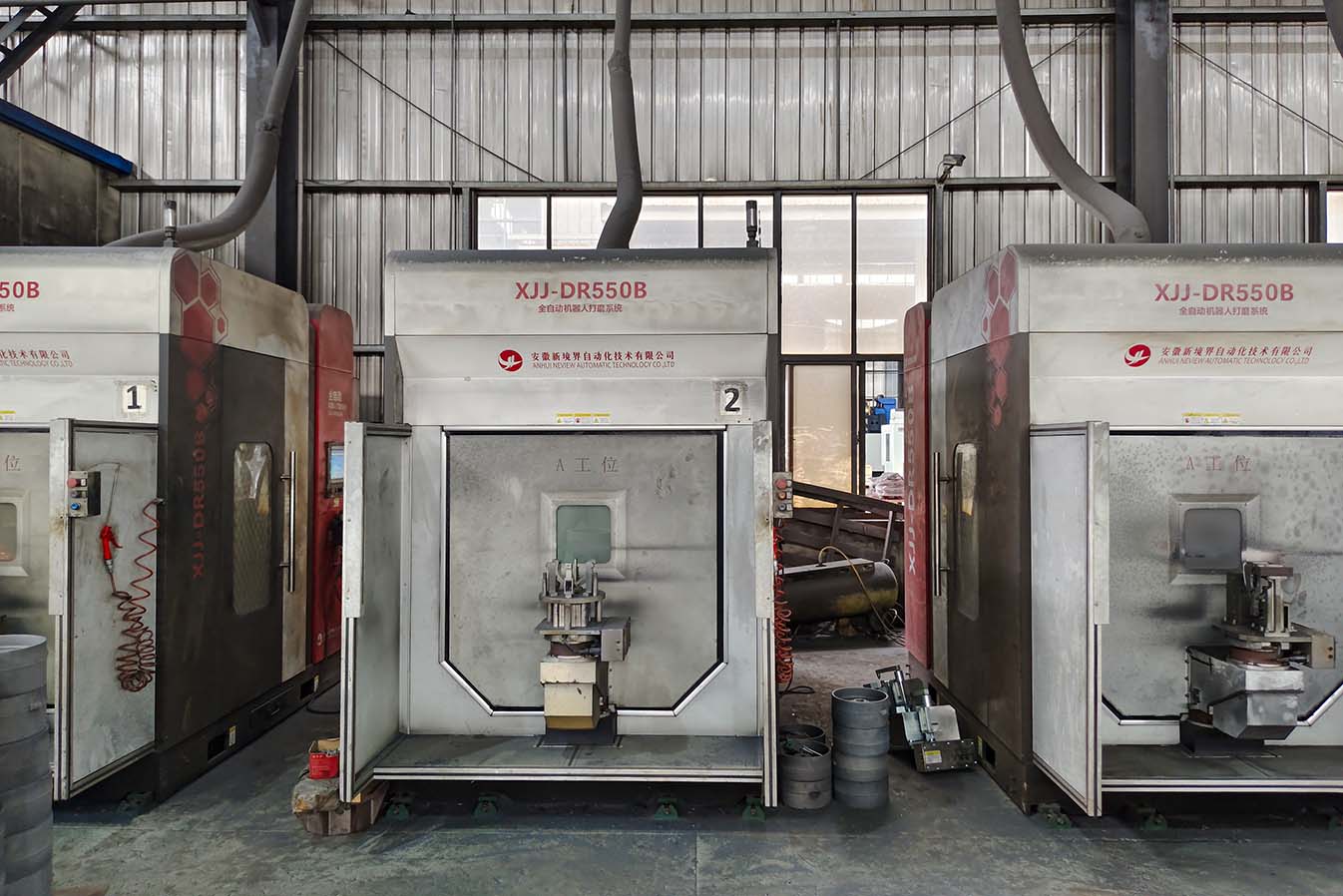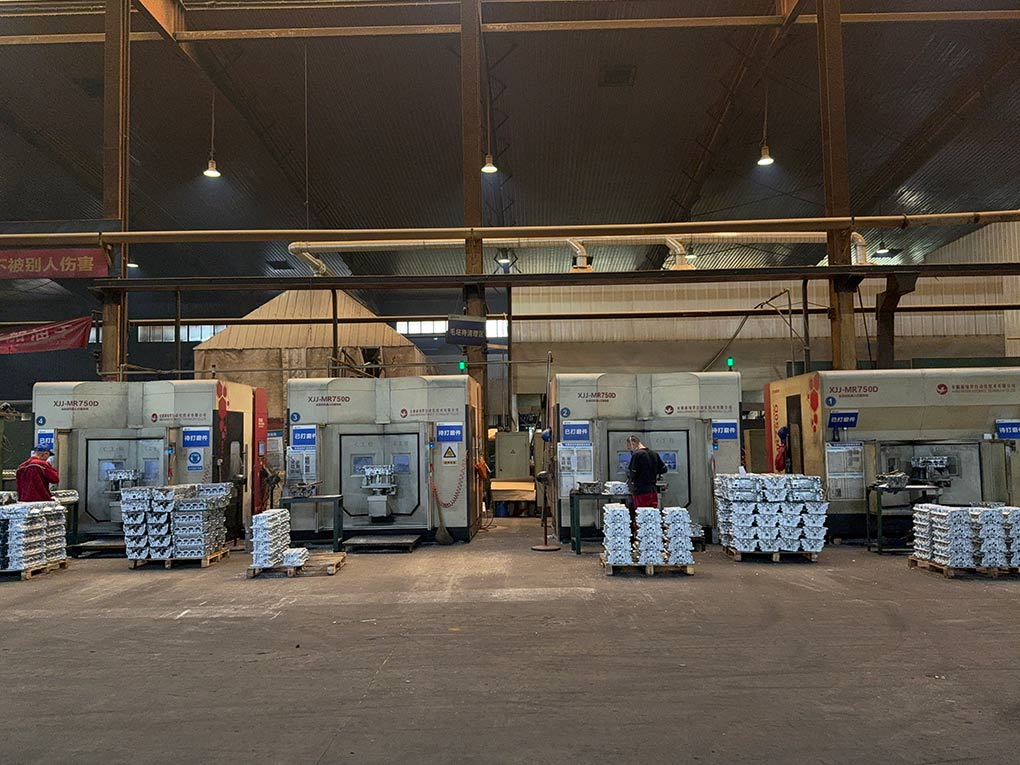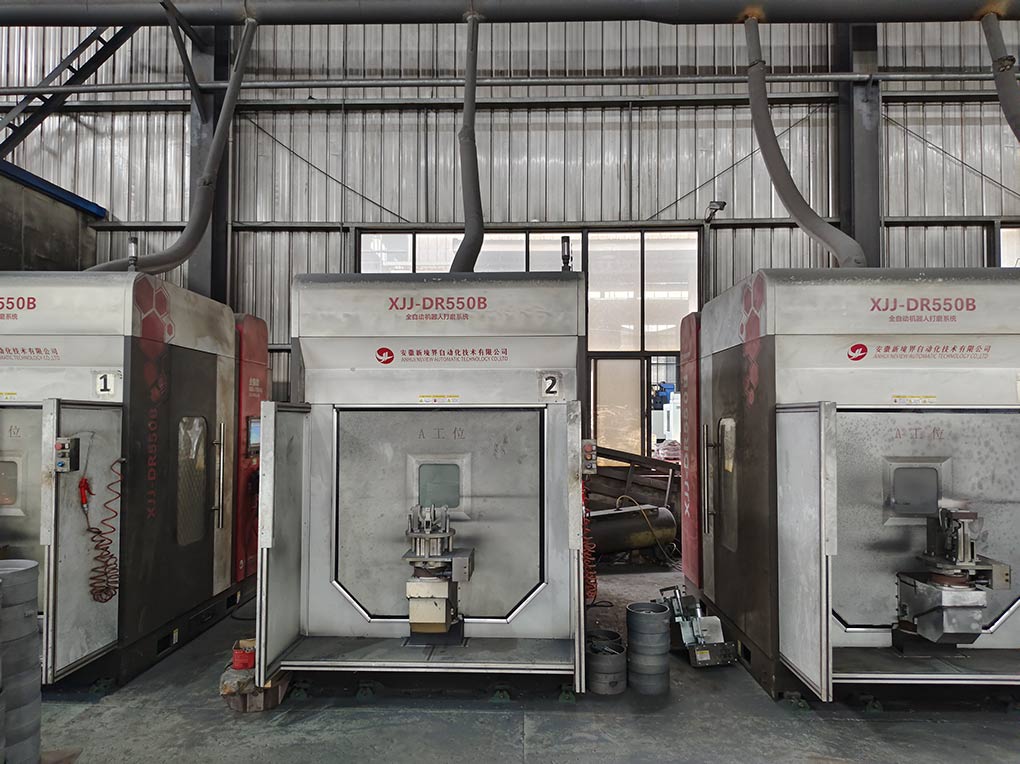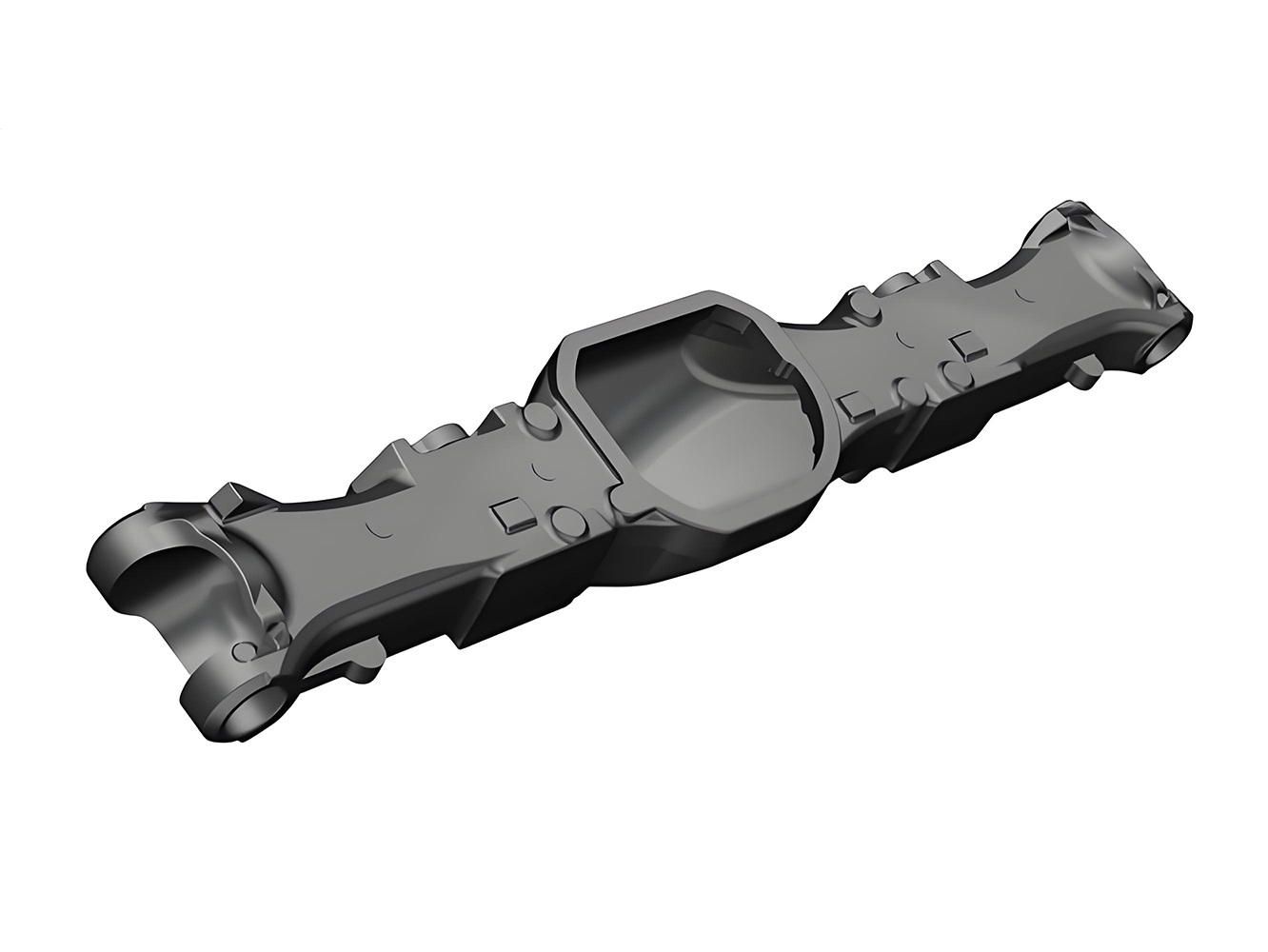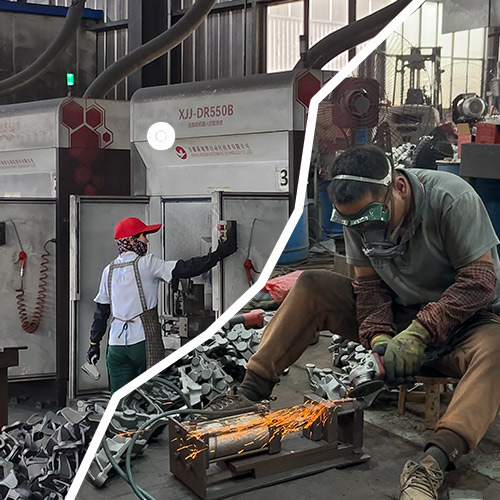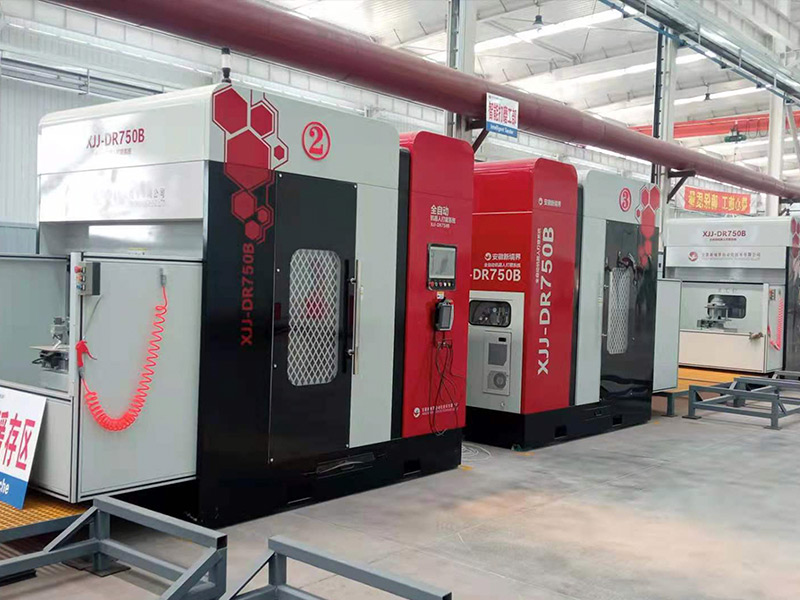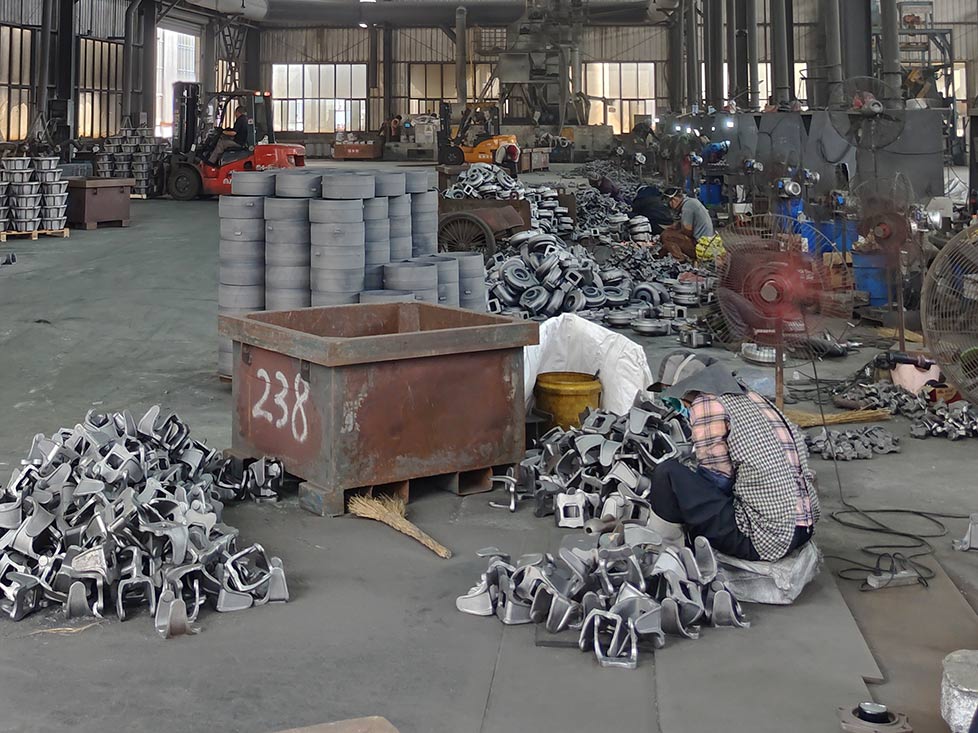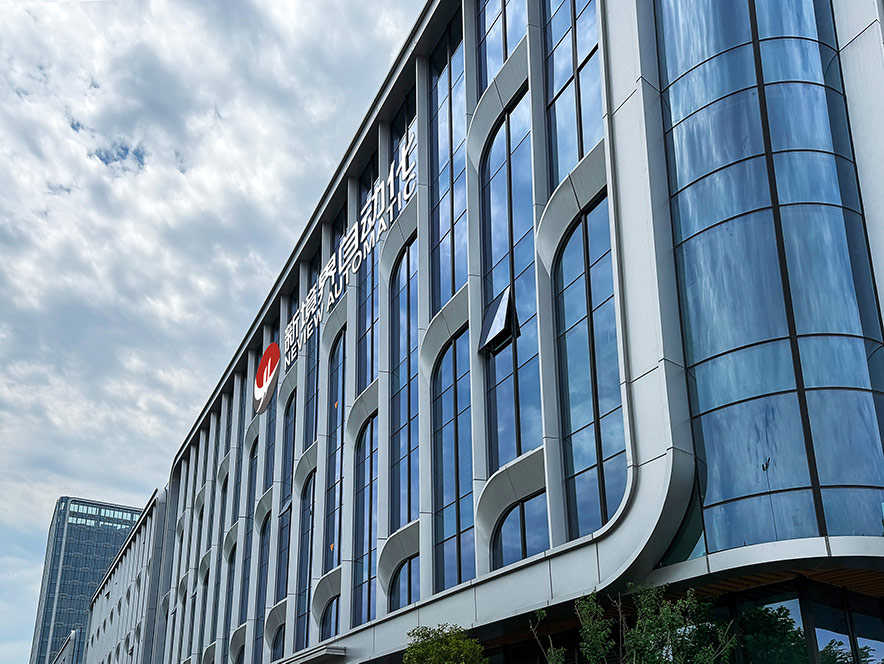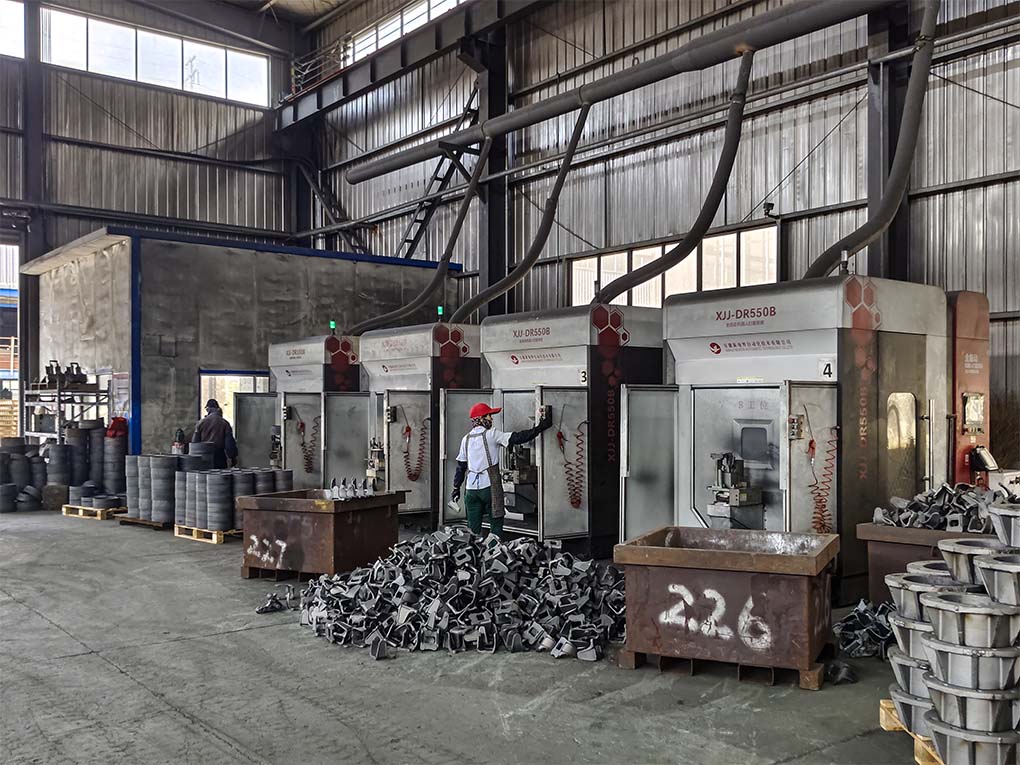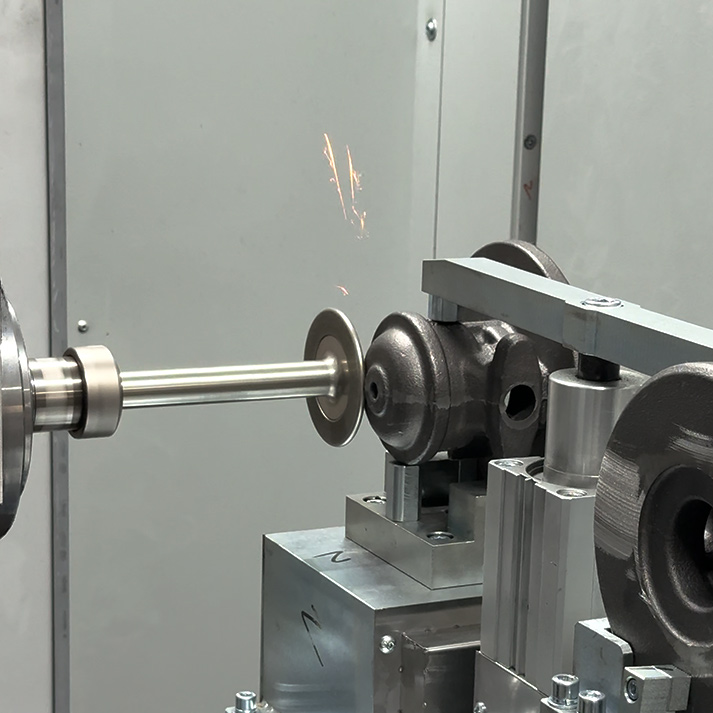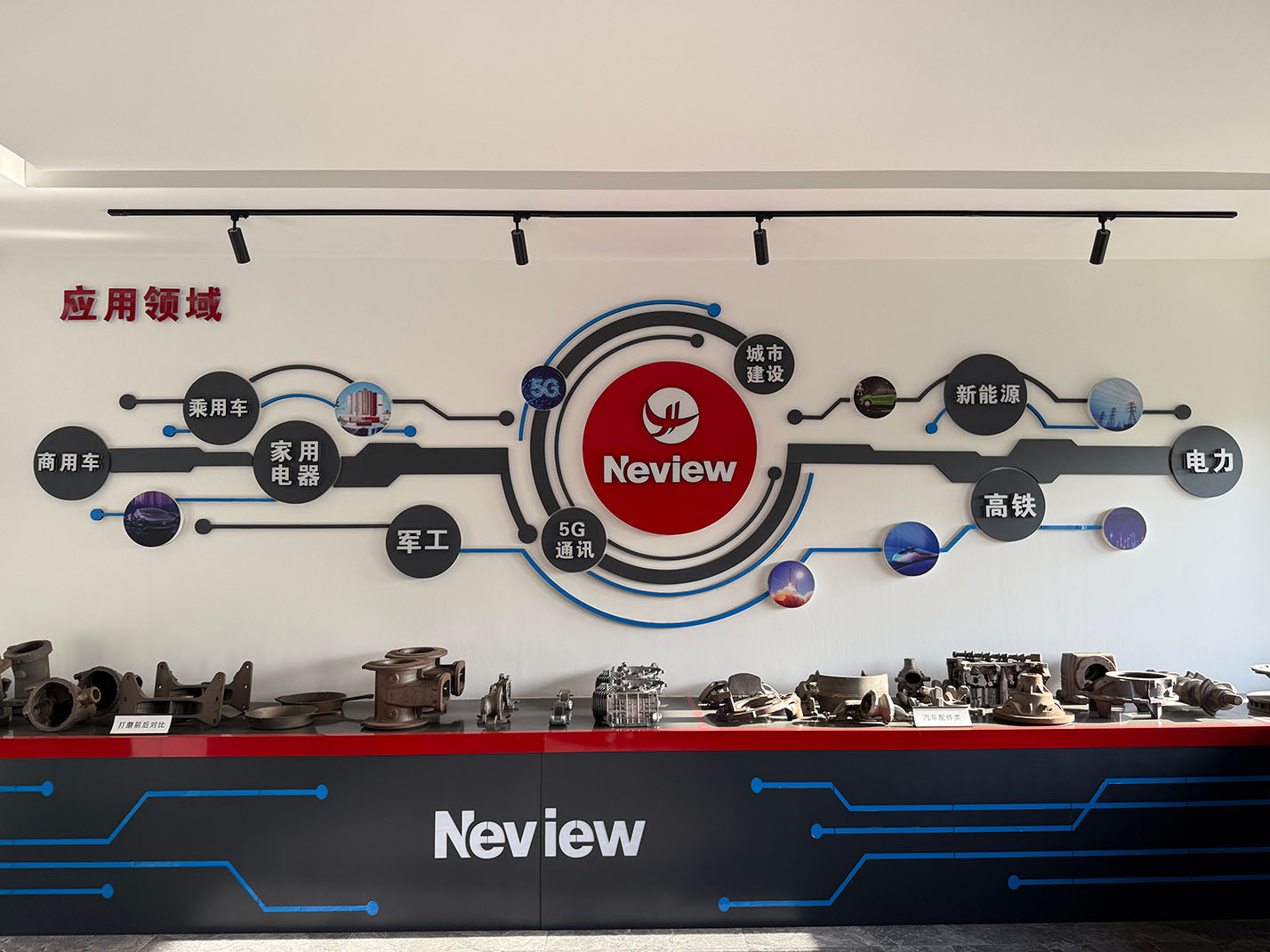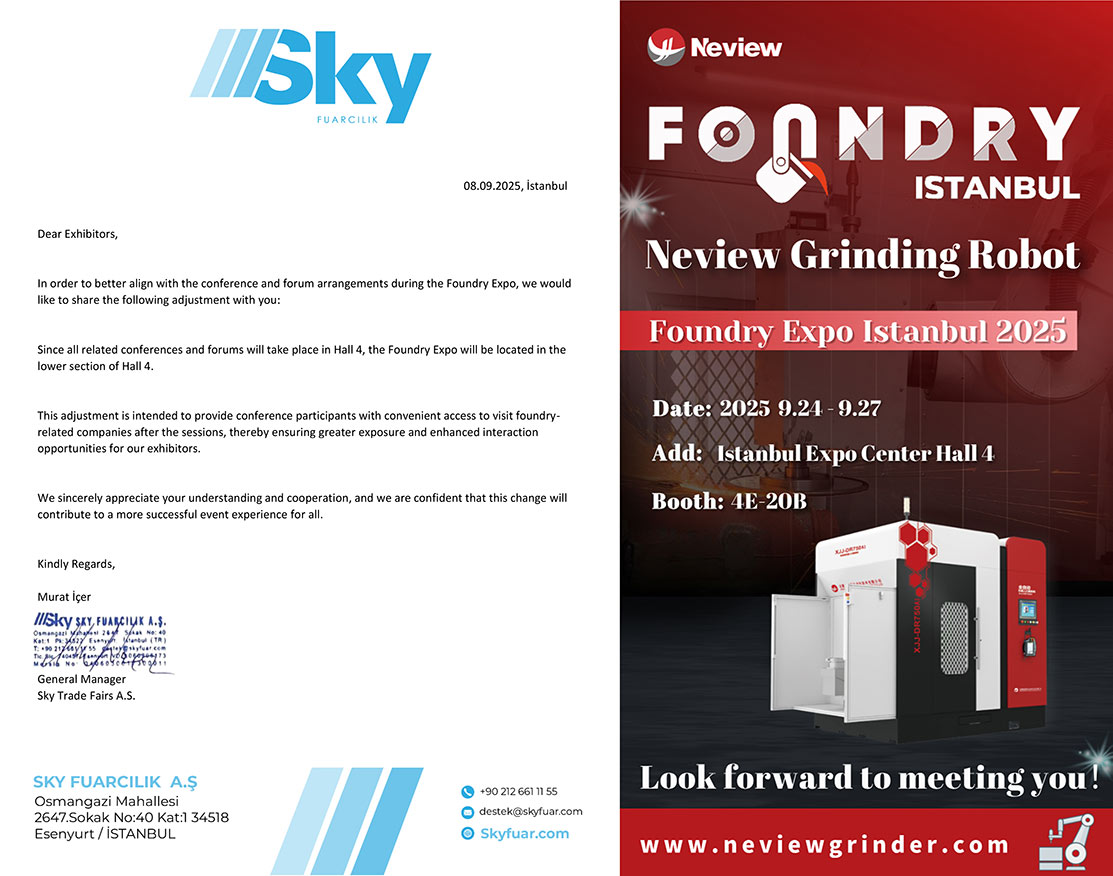Aug 27, 2025
From September 24–27, 2025, Foundry Expo Istanbul 2025 will be grandly held in Istanbul, Turkey. As an innovator in the field of automated casting finishing, NEVIEW GRINDING ROBOT will present its core products and intelligent solutions at booth 4E-20B.
This international event will gather leading suppliers of foundry equipment and solutions from around the world, showcasing the latest technologies and industry trends. At the exhibition, NEVIEW GRINDING ROBOT will highlight:
DR-750B Intelligent Grinding Robot: Equipped with laser inspection, precisely detects casting defects such as mold mismatch;
Flexible Grinding Technology: Automatically adjusts force and angle to adapt to complex surfaces;
Multi-station Continuous Operation System: Boosts productivity by 2–3 times, meeting high-volume production needs.
As a trusted partner, Neview is committed to helping foundry enterprises overcome the challenges of manual grinding—low efficiency, unstable quality, and safety risks. Through automation and intelligent upgrades, our solutions enable customers to achieve higher productivity, more stable quality control, and a safer, more sustainable working environment.
We warmly invite customers and partners worldwide to visit booth 4E-20B during the exhibition to experience the advantages and value of Neview’s intelligent grinding solutions. We look forward to meeting you in Istanbul and exploring the future of the foundry industry together.
Exhibition Information
Event: Foundry Expo Istanbul 2025
Date: September 24–27, 2025
Venue: Istanbul Expo Center, Hall 4
Neview Booth: 4E-20B
Read More
